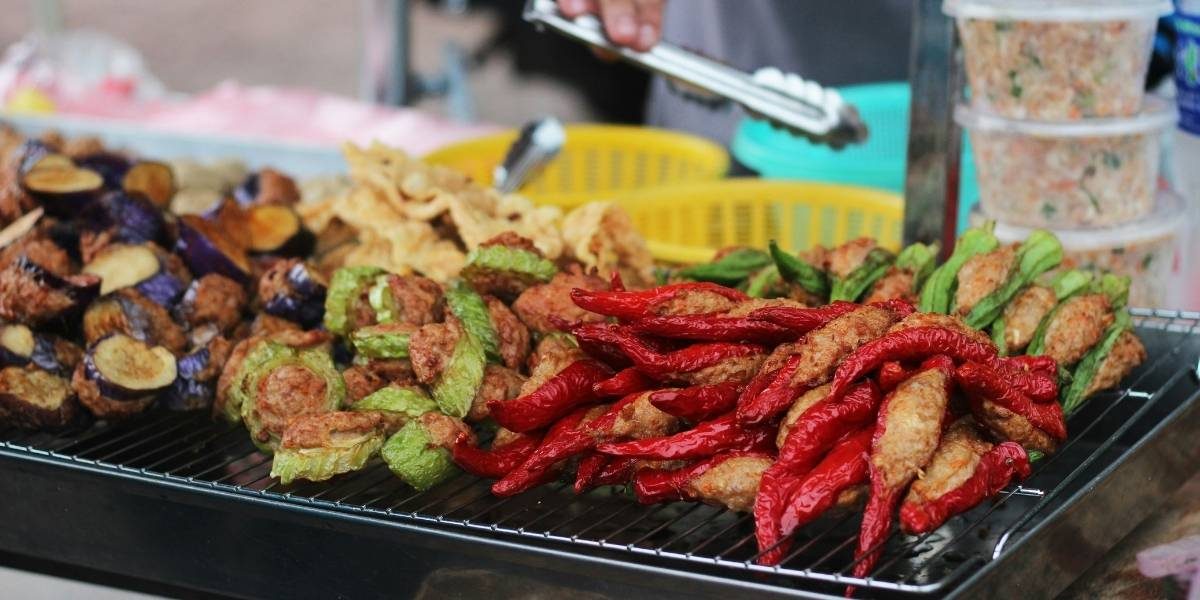Experiencing the world through food is more than just eating—it’s about understanding cultures, traditions, and history through flavors, techniques, and ingredients. Culinary travel allows people to immerse themselves in a country’s heritage by tasting authentic dishes, exploring local markets, and engaging with traditional cooking methods. Every bite tells a story, reflecting the geography, trade routes, and cultural influences that have shaped global cuisines.
Read Also: The Political Influence of New York: A Closer Look
Why Is Culinary Travel More Than Just Eating?
Food is deeply connected to identity and heritage. A single dish can represent centuries of tradition, migration, and innovation. In places like Italy, Japan, and Mexico, cuisine is not just sustenance—it is a reflection of regional pride, family history, and agricultural influence. Travelers who seek out traditional dishes are not just tasting ingredients; they are experiencing a living history lesson.
Markets, street food vendors, and family-run restaurants provide an authentic glimpse into a country’s culinary heart. Tasting street tacos in Mexico City, ramen in Tokyo, or paella in Valencia connects travelers to generations of chefs who have preserved these flavors over time.
How Does Geography Shape Global Cuisine?
The natural environment plays a critical role in food culture. Countries near the ocean rely heavily on fresh seafood, while regions with fertile soil grow diverse crops. In places like Thailand, the combination of tropical climate and trade routes has led to a unique mix of sweet, sour, salty, and spicy flavors.
Mountainous areas, like the Andes or Himalayas, feature hearty dishes that sustain people through colder climates. In contrast, Mediterranean regions prioritize olive oil, fresh vegetables, and seafood, which reflect both climate and cultural exchange. Culinary travel offers a firsthand experience of how landscapes influence cooking techniques and ingredient choices.
What Are the World’s Most Unique Food Experiences?
Each region has signature culinary experiences that define its food culture. In Japan, sushi masters spend years perfecting their craft, demonstrating the precision and artistry behind each roll. In Ethiopia, meals are served on injera, a spongy sourdough flatbread, emphasizing the importance of communal dining and sharing.
Some destinations challenge travelers with bold flavors and unconventional ingredients. Adventurous eaters in Iceland might try fermented shark, while those in the Philippines may sample balut, a fertilized duck egg. These experiences highlight regional traditions, historical necessity, and cultural pride.
How Does Culinary Travel Support Local Communities?
Dining locally benefits farmers, fishermen, and small-scale producers who supply ingredients for traditional dishes. Choosing a family-owned café over an international chain supports economic sustainability while providing a more authentic food experience.
Cooking classes, market tours, and farm visits help travelers understand the effort behind every dish. In Italy, pasta-making workshops preserve centuries-old techniques, while in Vietnam, market tours teach visitors about seasonal produce and fresh herbs used in pho and banh mi.
What Role Does Food Play in Cultural Traditions?
Many cultures celebrate milestones and holidays through ritualistic meals. In India, Diwali feasts feature sweet and savory dishes that symbolize prosperity and joy. In China, the Lunar New Year is marked by dumplings, fish, and symbolic ingredients believed to bring luck.
Religious and seasonal festivals also influence cuisine. Ramadan, Passover, and Thanksgiving involve specific foods that reflect spiritual or historical significance. Culinary travel allows visitors to witness these traditions firsthand, deepening their understanding of global customs.
How Can Travelers Respect Food Cultures While Exploring?
Understanding dining etiquette and food traditions is essential when traveling. In some countries, refusing an offered dish can be seen as disrespectful, while in others, finishing everything on the plate might imply that the host didn’t serve enough.
Knowing how food is eaten is just as important as knowing what to eat. In Ethiopia, meals are shared using hands instead of utensils, while in Japan, proper chopstick etiquette is a sign of respect. Travelers who learn these customs show appreciation for the traditions and hospitality of the culture they are visiting.
Read Also: Coffee Intake: Finding Your Safe Daily Limit
Culinary Travel as a Gateway to Global Connection
Food is a universal language that bridges differences, encourages conversation, and brings people together. Whether sharing a meal with locals in a Moroccan souk, enjoying a bowl of pho at a Vietnamese street stall, or sampling handmade pasta in an Italian trattoria, culinary travel is a way to experience the world’s diversity through taste.
The flavors, techniques, and traditions that define each country’s cuisine tell a story of history, migration, and adaptation. By embracing food culture while traveling, people gain a deeper appreciation of global traditions, local craftsmanship, and the shared human experience that food represents.
Published by Drake M.








